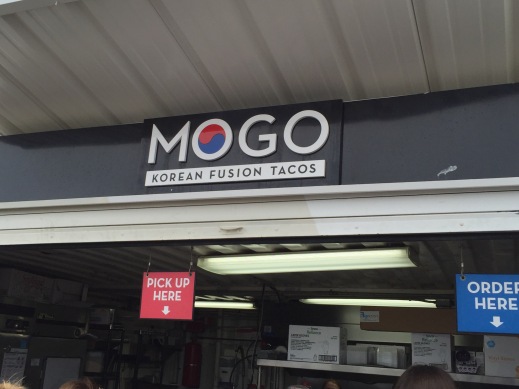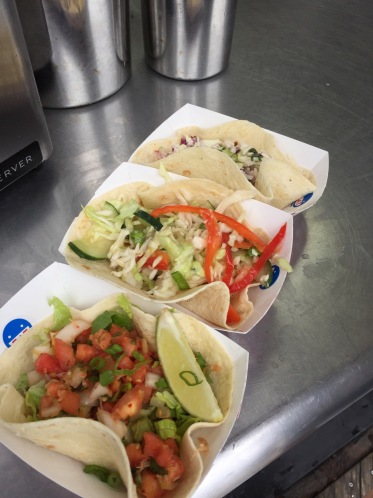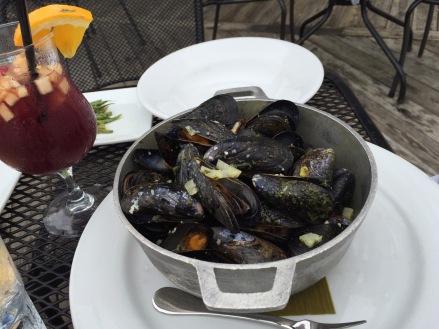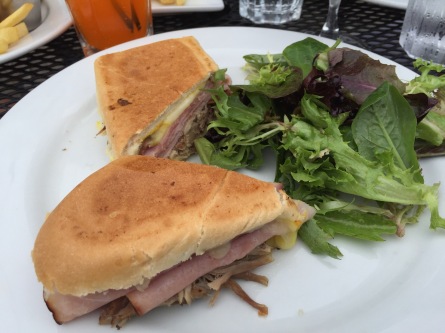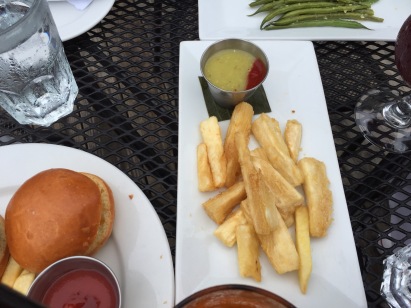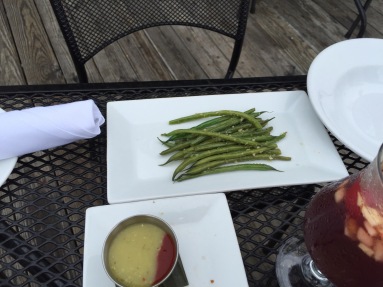 (Photo courtesy of 8list.ph)
(Photo courtesy of 8list.ph)
A Tribute To Anthony Bourdain
June 25, 1956 – June 8, 2018
I’d never met the man but I felt like I’d lost an old friend when I found out of his passing a week ago. I’d gotten to work, sat at my desk and went to Facebook on my iPhone. When I saw a post about his death, at first I was stunned then I hoped that it was a mistake or another hoax. Next, I felt the grief and tears wanted to flow out but I suppressed them just in case a student walked in and I had to explain myself. Gutted. Like a fish.. Such was the impact Anthony Bourdain had on us home-cooks. Well, this home-cook, anyway. He was a hero of mine. As a writer, chef and lover of life, Anthony Bourdain was on my list of people I would most like to meet and have a meal with. And for that meal, I’d suggest somewhere like a dampa in Baclaran or an outdoor food stall in Singapore. He was a people’s man, an everyman, who appealed to those like me who were a fan and never got to meet him. In interviews, in his shows and in his writing, he came across as a regular guy who could easily let the fame and fortune go and recall his roots. Maybe it was his love for New Jersey, his upbringing here that makes him endearing to me; another Jersey Boy. He came across, to me, as someone I could’ve known and shot the bull with at a friend’s house in Glen Ridge, side-by-side on Lifecycles at the gym I used to work in in West Caldwell, or at a bar in Asbury or Point Pleasant. He had his demons and vices but we all do and I hope and pray that he is now at a better place. I offer condolences, too, to his family and friends and I pray that they’re recovering in peace.
I read Kitchen Confidential in 2017, having purchased a copy around 2009, and it reinforced my affection and even idolatry of Chef Bourdain. It’s all about his early life as a chef and the things we don’t see behind the swinging double doors of the kitchen and it’s written with a candidness that makes the reader feel like he’s sitting with Bourdain and sharing stories over a beer. The beer, of course, would’ve been opened over the side of a folding table and drank straight from the bottle. As a book Kitchen Confidential is one of my favourite books I’ve ever read and offers a taste of how fascinating Bourdain was as a person and personality.
I’d heard about him but I didn’t truly discover Anthony Bourdain until I stumbled on a rerun of an episode of No Reservations when he goes to Singapore. It must’ve been late at night so when I saw Singapore and food, my attention was naturally piqued. As a foodie from Hong Kong – often referred to as Singapore’s ‘twin city’ – and a lover of a good Curry Shrimp and Chicken Rice, I watched the show with keen interest. I was also writing my own book, Back Kicks And Broken Promises, at the time and there’s a scene in it set in Newton Circus and several references to food so watching this particular episode also became a form of research. As much as I drooled over the food and longed, believe it or not, for the city’s humidity and the sounds of clanging woks and loud waiters yelling orders in Chinese, the show’s host also mesmerized me. Bourdain’s carefree attitude and yearning for a cold local beer to go with the local cuisine and who isn’t afraid to get messy and sweaty enjoying both turned me into an instant follower. Add to all that the fact the he loved Asian food, especially lechon (Filipino roast pig), made him even cooler.
More recently, I was a fan of The Taste, The Voice of cooking shows in which the contestants – professionals and home-cooks alike – prepare an audition dish and present it to the judges and, if selected, have to choose which coach is going to mentor them throughout the competition. More than once, my wife and friends suggested I audition but, as competent as I feel in the kitchen that I could maybe have offered something that would get me on a team, I don’t have the culinary skill to keep me on the team. So, I never applied. If you’re a fan of Bourdain, you know that he was one of the show’s producers and judges. Naturally, in my culinary fantasies, I would get on his team. (Although, Nigella Lawson, another culinary hero of mine, was also a judge and mentor so choosing a team might not have been so cut-and-dry. Haha!)
More than his culinary skill and knowhow and his status as a celebrity, Bourdain made the world a smaller place. Through his various travel food shows, he offered that top-notch food isn’t limited to Michelin-rated restaurants. There’s quality in a dive in the back woods of Korea or Vietnam and getting messy adds to the visceral joys of dining. He also opened the world’s eyes to the notion that food is more than what goes in someone’s mouth and, hopefully, tastes good while offering sustenance. He shared that food is culture and that people make food in more ways than by just putting the ingredients together. He reminded us that an essential ingredient in every dish is heart; the chef’s love for the food and the people for whom he is making it. He showed Filipinos celebrating Christmas, late-night eats in Thailand, pre-dawn markets in France. Outside of the food, he showed how the people live – their homes, their streets, their languages – and he was never afraid to get down and dirty.
Recently, over the last three or four years, there have been posts in Facebook and articles in The New York Times and other publications touting Filipino food as the next wave of food. In the 1980s, Japanese food had a global breakthrough in everyone’s culinary enjoyment. Sushi, sashimi, wasabi, miso and other Japanese words became part of the global culinary lexicon. A few years after that, Thai food and tapas made inroads. Various forms of fusion cuisine popped up everywhere next. Middle Eastern food also had its moment in the spotlight. So, too, did Korean food. Now, it’s the time for Filipino cuisine to shine. As an Asian American who is mostly Filipino, this is exciting, but I can’t help from feeling that Bourdain, thanks to the courage of his televised global gastronomy, had a hand in this.
Anthony Bourdain was a chef. He was a writer. He was a television star. He was a celebrity. He was the coolest. At his core, however, I think he was just a Jersey guy who loved food. He didn’t care who made it, where it was made and, even how it was made. The bottom line was that the dish should be full of flavour and make him feel something. Kind of like life. Kind of like him.
